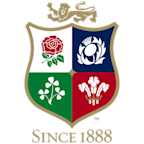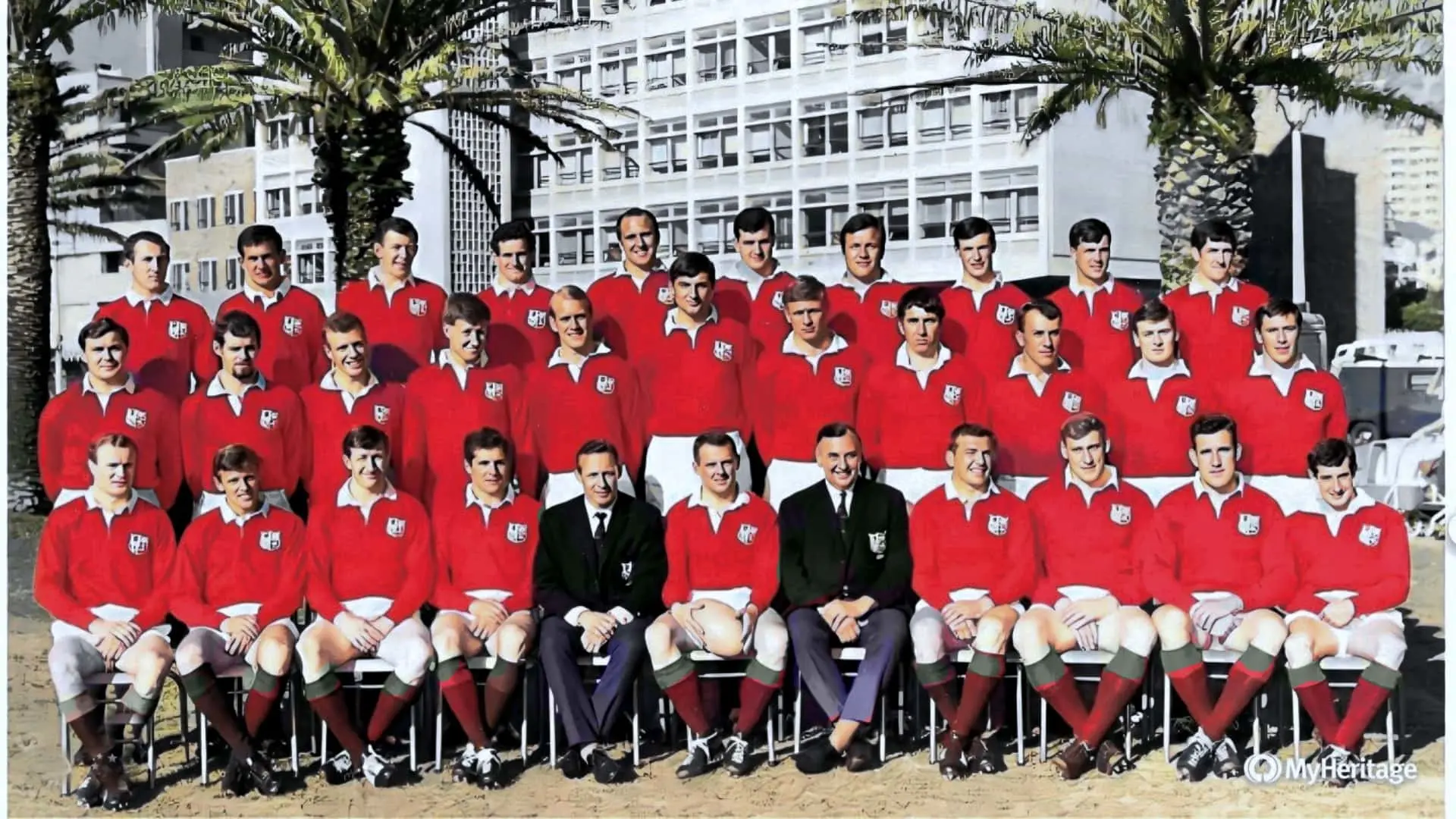Unfortunately, once the touring party made its way to New Zealand, the aforementioned star quality on the teamsheet did not produce stellar results on the pitch and their bubble was immediately burst.
The Lions lost their first Tour match 14-8 to Southland and went on to be defeated in three of the first five.
The tourists walked straight into a golden age of New Zealand rugby, with the All Blacks in the midst of the unbeaten reign of coach Fred Allen and with the likes of Ken Gray, Waka Nathan, Brian Lochore and Chris Laidlaw.
Test preparations were also not helped by a training session at Queenstown airport being disrupted because the grass they had been allocated turned out to be part of the runway – meaning the session was delayed as players ran for cover each time a plane wanted to take off or land.
New tactics in the First Test
By the time the first Test came around the Lions’ record had improved somewhat to five wins, three losses and a draw.
The Lions went down 20-3 in Dunedin as they failed to cope with the Kiwi’s new tactic of centres deliberately setting up rucks to allow colleagues to recycle the ball – creating the ‘phase’ style of rugby we all know so well now.
Three weeks on and five wins added to the tally, the Lions appeared to have rallied, so much so that they led at half time of the second Test.
Campbell-Lamerton had dropped himself for the match in Wellington, replaced by Delme Thomas with Pask taking the captaincy, but despite this move the Kiwis fought back in the second half to win 16-12.
It could have been so different though had Thomas’ pass after a 50-metre break not gone astray, within yards of the line, in the dying minutes.
Third Test decides the series
Four more punishing Tour matches were staged between the second and third Test with the Lions winning two and drawing one, but things did not improve when it came to the crunch in Christchurch.
The sides were level at 6-6 after 40 minutes but the All Blacks eased to a 19-6 victory in the second half, winning the third Test and with it, the series.
The Lions headed into the fourth and final Test, at Auckland’s iconic Eden Park, on the back of another three Tour victories and fired up to avoid a series whitewash.
The All Blacks had their own bit of history for extra motivation too, having never won every test against a touring side before.
Despite Colin McFadyean and Sandy Hinshelwood crossing for tries in quick succession, the Lions trailed 8-10 at half time and the All Blacks eventually ran out 24-11 victors.
At the end of a five-month trip, and having already played 33 games, the tourists stopped off in Canada on their way home for some missionary work and two final games.
The Tour may have been a low point for the Lions but five members of the party would have the last laugh; Mike Gibson, Frank Laidlaw, Willie John McBride and Delme Thomas all returning four years later for the greatest triumph in Lions history.










